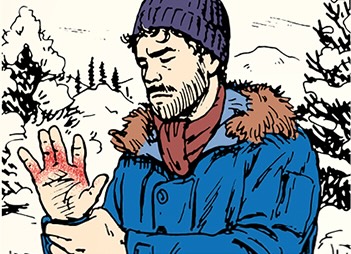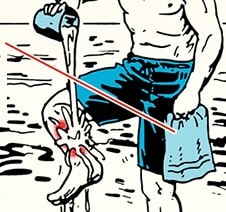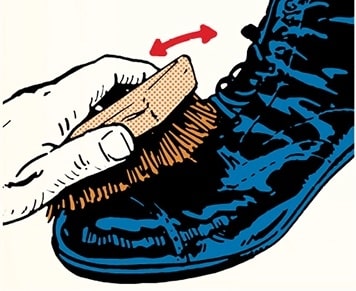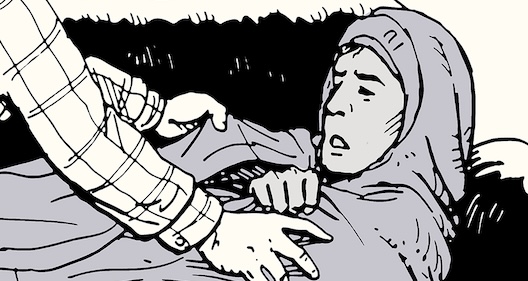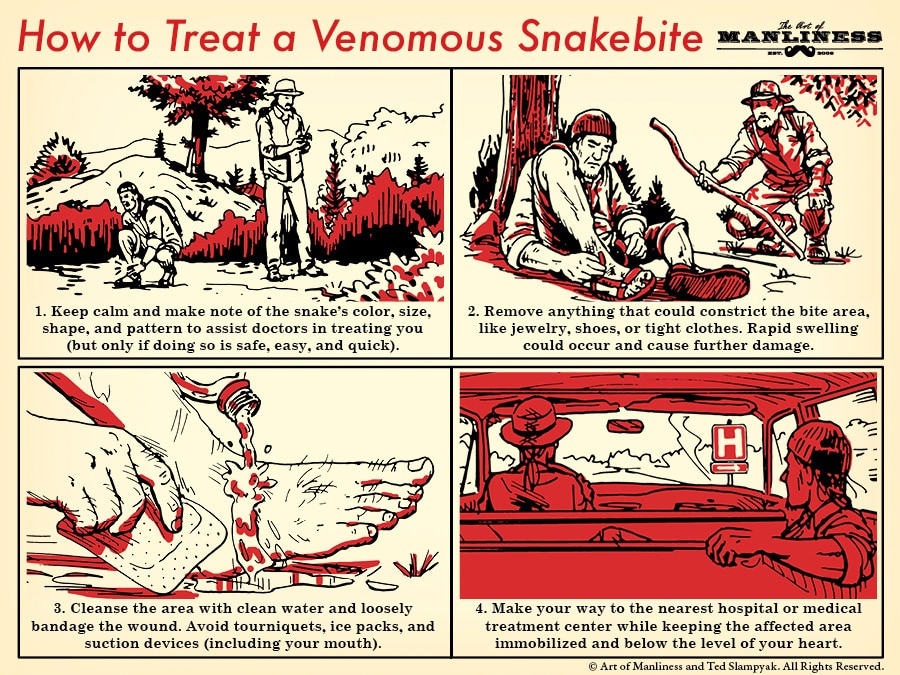
Out of the 3,000 or so snake species in the world, less than 10% are venomous in a truly dangerous way. But that still leaves a few hundred varieties you need to keep an eye out for the next time you’re tromping through the wilderness. As always, the best way to treat a snakebite is to prevent it. Avoid hiking in areas where snakes are known to be a problem, wear heavy boots that cover your ankle, step carefully in areas of tall grass, and watch out when stepping or reaching under rocks where snakes typically rest up.
If you are bitten, remain calm above all else. One of the most dangerous aspects of a snake bite is that it causes people to panic. Panic is bad because it elevates heart rate and blood flow to increase venom absorption and it leads to poor decision making, all of which puts you at far greater risk of serious injury.
1: Keep calm and make note of the snake’s color, size, shape, and pattern to assist doctors in treating you (but only if doing so is safe, easy, and quick)
2: Remove anything that could constrict the bite area, like jewelry, shoes, or tight clothes. Rapid swelling could occur and cause further damage.
3: Cleanse the area with clean water and loosely bandage the wound. Avoid tourniquets, ice packs, and suction devices (including your mouth)
4: Make your way to the nearest hospital or medical treatment center while keeping the affected area immobilized and below the level of your heart.
Like this illustrated guide? Then you’re going to love our book The Illustrated Art of Manliness! Pick up a copy on Amazon.




